Things That Pop Culture Gets Wrong About Cross-dressing
Cross-dressing is a subject that people tend to avoid in the mainstream. But pop culture has its handful of cross-dressers. However, they often get things wrong, as very few of these examples represent actual cross-dressers. The result is a misplaced representation and the spread of misconceptions. It does more harm than good. But what exactly does pop culture get wrong about cross-dressing?
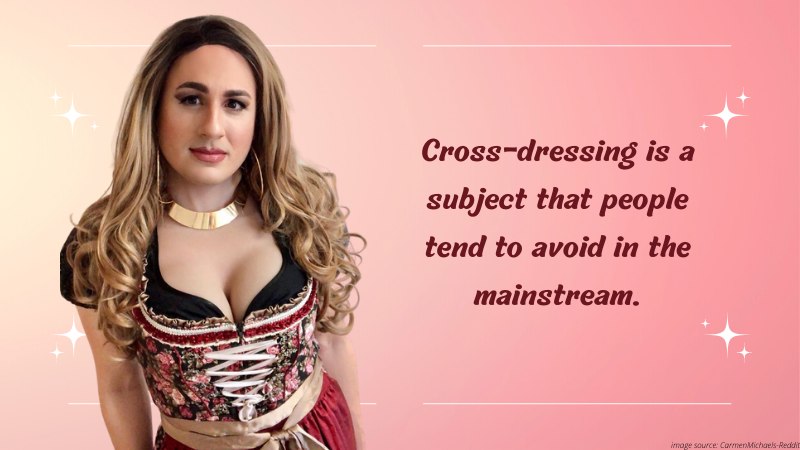
They often mistake concepts of gender identity and sexuality. Pop culture misses the point of representation. People keep treating it as taboo, with a lack of accurate portrayal. But things are changing, and better representation is now a thing. Here I’ll explain the most common misconceptions about cross-dressers in pop culture. So if you want to avoid them, this is the right article.
1. Often mistake us for trans people
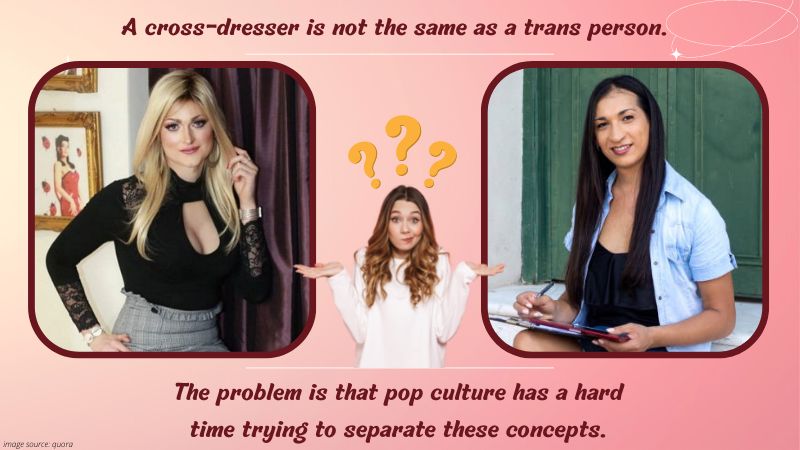
A cross-dresser is not the same as a trans person. In fact, calling trans people “cross-dressers” can be offensive. That’s because cross-dressing is something different from Gender Identity. Most of our sisters dress up as a hobby or to express their feminine side. But apart from those sessions, they live a very masculine life. Trans women should always be treated as women, as that is how they identify. The problem is that pop culture has a hard time trying to separate these concepts. It often refers to trans characters as cross-dressers and vice versa. It causes a lot more confusion, and many of our sisters suffer because of that.
2. They depict cross-dressers in an inaccurate way
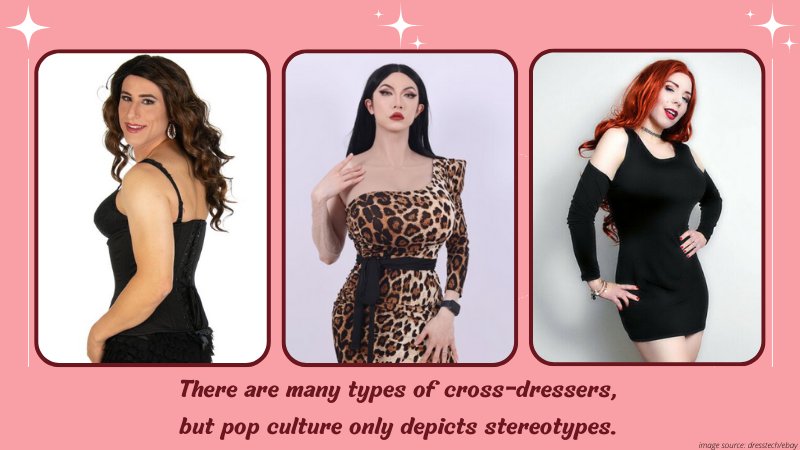
Cross-dressers also tend to be depicted in a way that doesn’t correspond with reality. They are often shown to be effeminated men in nature, with a more extroverted personality. In most cases, they are passable and no longer closeted. But said depictions fail to show what most cross-dressers are like. Most of our sisters are still closeted, and not every cross-dresser is effeminate. Some of us are, in fact, quite masculine when not in our female persona. Still, lots of cross-dressers are introverted in nature, avoiding too much social interaction. There are many types of cross-dressers, but pop culture only depicts stereotypes. It shows that they don’t understand our nature and that prejudice is still strong.
3. Sometimes, our motivation is misrepresented
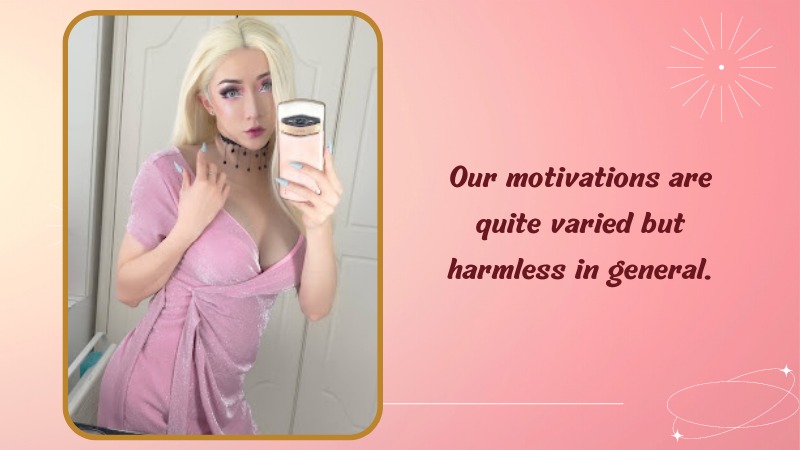
It’s also common for them to misrepresent our motivations. They don’t treat cross-dressing as something as natural as a hobby, for example. Instead, they use unlikely scenarios to introduce a cross-dressing character. A common trope is to make characters cross-dress to disguise themselves. It’s usually intended to be a humiliating situation. They also tend to show it as a way of comic relief, with very few characters actually willing to cross-dress. When it happens, people start thinking of cross-dressing as something undesired. That, or at least something unlikely to occur under normal circumstances. As a result, people start to associate cross-dressers with perverts or ill-intentioned individuals. It’s a lousy representation that harms our image more than it helps. This is also one of the reasons for anti-cross-dressing laws appearing in recent years. In reality, our motivations are quite varied but harmless in general. We aren’t trying to deceive anyone, nor are we being forced to cross-dress. We do so because we like it, and there’s nothing wrong with it.
4. Sometimes, they tie it to sexual orientation
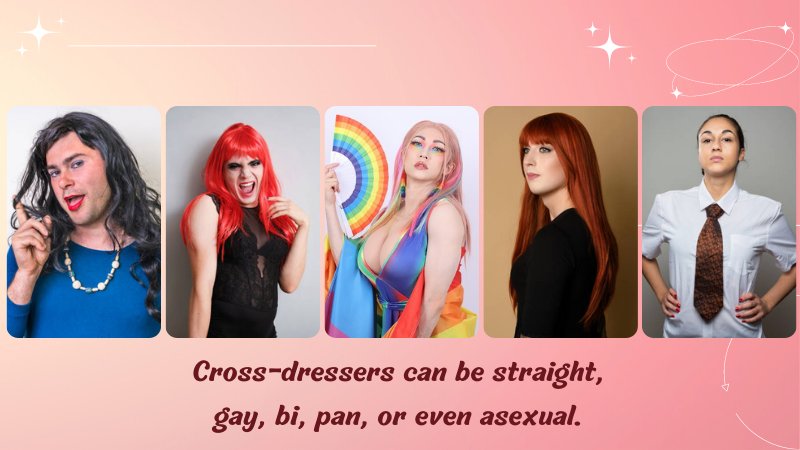
Another common misconception is to portray every cross-dresser as being homosexual. I mean, some of us are, and there’s nothing wrong with it either. But cross-dressing has no influence on our sexual orientation. Cross-dressers can be straight, gay, bi, pan, or even asexual. We don’t have to like other guys to dress up in a more feminine way! It’s all about society’s perception of gender roles and identities. The problem is that the media messes up these concepts. Instead of overlapping, it completely fuses them. It’s hard to see them portraying a straight cross-dresser or a gay man that doesn’t behave in a more feminine way. This way, pop culture lacks a proper representation of how varied our community is. Not every cross-dresser is the same. We are unique individuals with our own gender identity, expression, and sexual orientation.
5. They keep treating it as a taboo
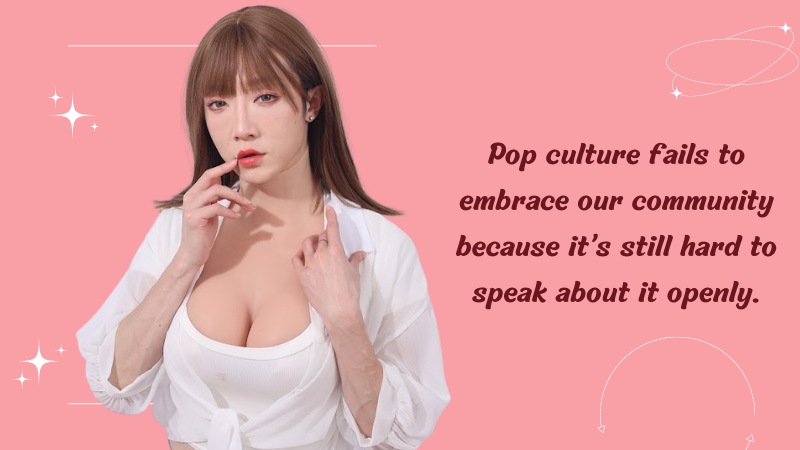
Media shows cross-dressing as comic relief or as a bad thing because it’s still a taboo in many countries. Pop culture fails to embrace our community because it’s still hard to speak about it openly. Some shows fear losing their audience or getting canceled if they do. They think it will make people uncomfortable. They fear that because it has already happened in the past. There was censorship and repression against anything with LGBTQ themes. Because of that, they work with limited information, showing a fraction of what cross-dressing is. It makes them indirectly responsible for the spread of misinformation. In the long term, it means an increase in discrimination. It’s caused by the fear of things people don’t understand, such as cross-dressing.
6. Will it stop?
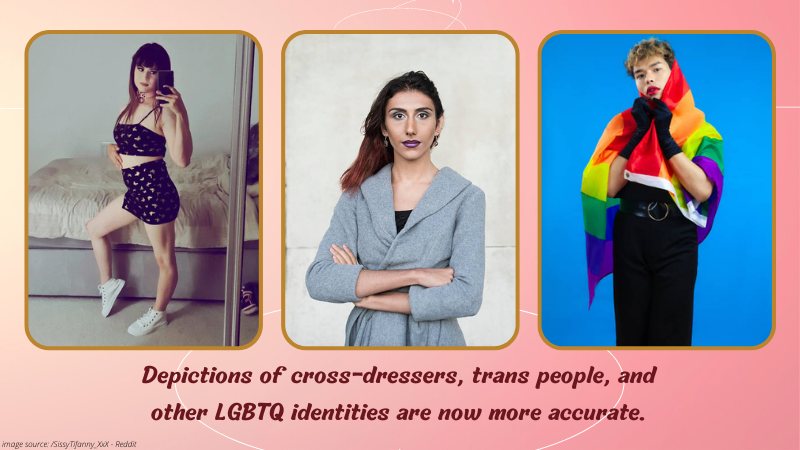
Times are already changing, and people are demanding accurate representation of their identities. With that in mind, we can still hope that pop culture will change. It will no longer get so many things wrong about cross-dressing. It might still take a few more years, but companies are starting to understand that. Each day more people talk about these themes and explain to each other what it means to be a cross-dresser. We are spreading knowledge, deconstructing myths, and fighting misconceptions. Pop culture is also becoming more receptive and varied with representation. Depictions of cross-dressers, trans people, and other LGBTQ identities are now more accurate. Shows like “Euphoria,” “Heartstopper,” and “Our Flag Means Death” are examples of good representation in recent years. But there’s still a lot to do if you want to feel like pop culture fully understands us.
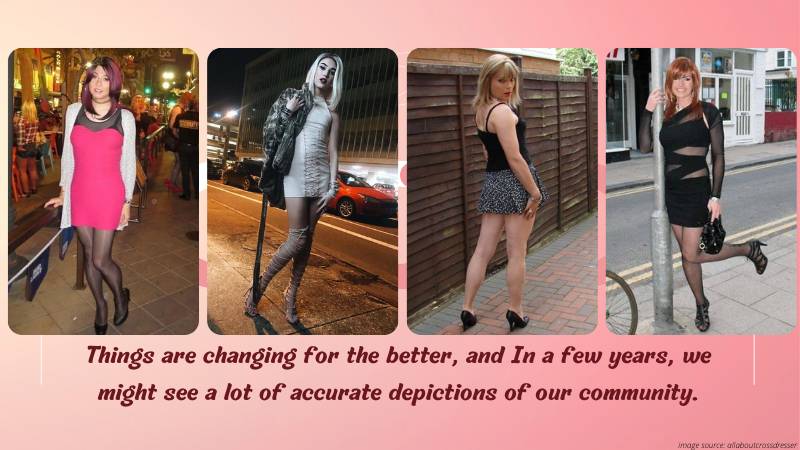
There’s no shortage of LGBTQ and cross-dressing characters in pop culture. However, many of them are inaccurate depictions that spread misconceptions about our community. Still, things are changing for the better, and In a few years, we might see a lot of accurate depictions of our community. Do you know any other show or piece of literature with good cross-dressing representation? If you do, leave a comment and let us know!
Tagged With:Cross-dressing , Crossdresser , Pop Culture
- How to be a Trans Femboy Influencer in 2024
- 7 Easy Ways to Level Up Your Sexy Femboy Beauty Routine Instantly
- How to Make a Fake Pregnant Belly Look Real: Tips for Every Trimester
- Game On: Sporty Tips for Crossdressers Attending the 2024 Olympics
- How to Pose for Lewd Cosplay Photos for Crossdressers
- How to Explore Crossdresser Bondage Safely and Sensually
Established in 2009, We are a recognized manufacturer and seller of professional crossdressing products.
It is our aim to become not just the most creative manufacturer but also a very considerate seller, as we provide the best quality products for crossdressers all around the world.
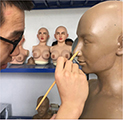
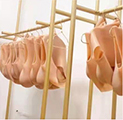




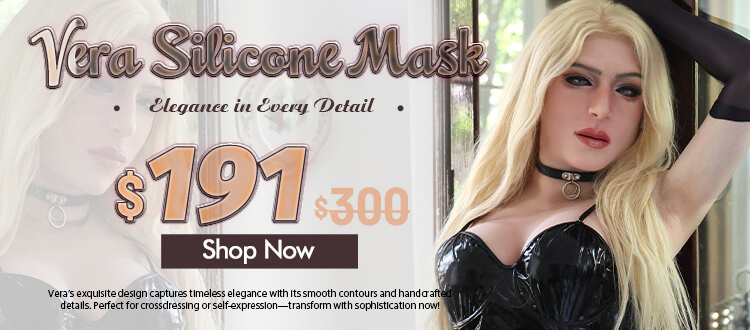








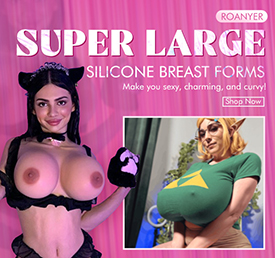
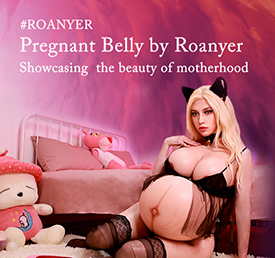


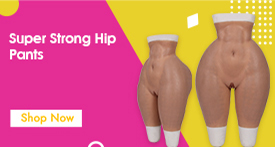
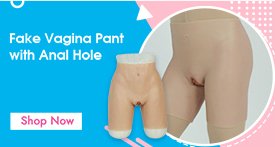

 Breast Forms
Breast Forms  Body Suit
Body Suit  Realistic Mask
Realistic Mask  Femini Girdle
Femini Girdle Hip & Butt Enhancement (8)
Hip & Butt Enhancement (8) Penis Prosthesis
Penis Prosthesis Fake Muscle
Fake Muscle Bikini
Bikini  Wig
Wig  Corsets
Corsets Course
Course service@roanyer.com
service@roanyer.com +8618652200711
+8618652200711 Facebook
Facebook YouTube
YouTube Twitter
Twitter Instagram
Instagram




